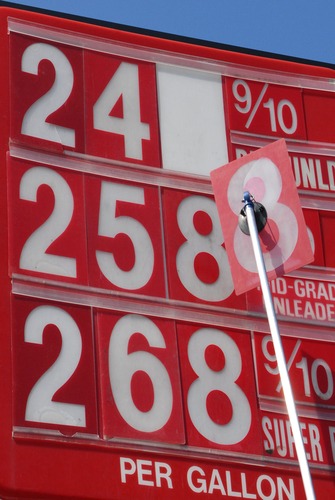
Gas prices reached their 2017 high with the national average price for a gallon of regular unleaded gasoline at $2.41 on April 17, which is 2 cents more expensive than the previous week, 12 cents more than the previous month and 30 cents higher than the previous year, according to a report from the American Automobile Association (AAA).
The Great Lakes and Central States saw the highest month-to-month increases in gas prices with Indiana and Texas up 18 cents, Michigan and Kentucky up 17 cents, and Ohio and Illinois up 16 cents.
The South and Southeastern region of the country have posted the least expensive gas prices despite recent increases in each state’s respective average price. South Carolina at $2.13; Mississippi at $2.17; and Tennessee, Alabama, Arkansas and Oklahoma at $2.18 have the lowest gas prices in the country. The high-drive of the summer, however, is expected to pump up gas prices in the region through September.
The West Coast currently holds the six most expensive gas prices per gallon, residing in Hawaii at $3.06, California at $3.01, Washington and Alaska at $2.90, Oregon at $2.75, and Nevada at $2.69. Four of those states experienced the largest year-over-year price increase: Washington (+58 cents), Alaska (+57 cents), Oregon (+54 cents) and Hawaii (+45 cents). The report estimates that the region will hit an average of $3 per gallon due to scheduled maintenance at multiple refineries in the area, including Torrance’s refinery in Southern California and Shell’s Martinez California Refinery.
Not far behind West Coast pricing is the Mid-Atlantic/Northeast region, with Pennsylvania ($2.64), the District of Columbia ($2.55), New York ($2.52), and Connecticut ($2.48) rounding out the top 15 most expensive markets. The significant increases are likely to be the result of the area’s move toward less substantial gasoline imports, according to the report.